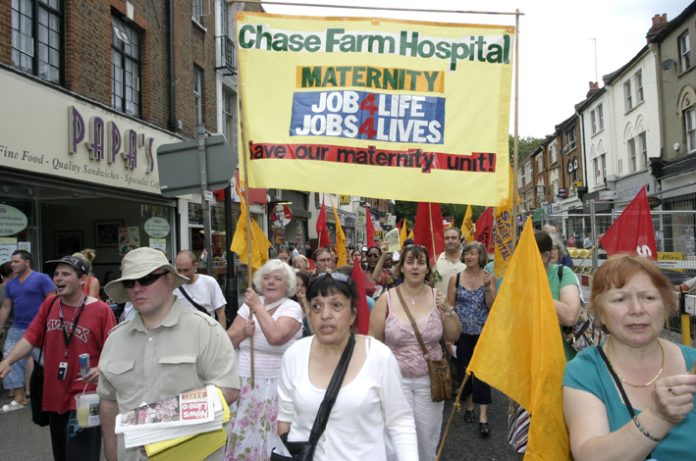
The Norfolk and Norwich University Hospital, is ‘costing £18 million a year too much’ and is due to cost more than £800 million by the end of its PFI contract in 2037, it has emerged.
A Norfolk based economist has revealed new evidence showing the staggering true cost of the hospital, financed under the Private Finance Initiative (PFI).
Dr Chris Edwards, an economist and a Senior Fellow at the University of East Anglia, is calling for the PFI deal to be bought out by the government to save taxpayers many tens of millions of pounds.
Dr Edwards has carried out research into the funding of PFI financed hospitals over the last five years, with particular reference to the Norfolk and Norwich University Hospital (NNUH), one of the earliest and biggest of the PFI hospitals.
At a press conference today Dr Edwards will disclose new figures which reveal:
• Why the PFI contract should still be bought out, despite a £300 million penalty clause, and the scale of the multi-million pounds of savings which could still be made if the government acted now;
• The scale of the very substantial extra payments which NHS Norfolk, the local primary care trust, is making for private beds in private hospitals, because the NNUH is too small to cope with demand. The NNUH was designed with lower capacity than the two hospitals it replaced so that the PFI deal appeared to be more ‘affordable’;
• How inflated figures for possible construction overrun costs – if the hospital had been publicly financed – helped to create a false case for PFI funding.
The report’s findings also include:
• The rent of the Norfolk and Norwich University Hospital (NNUH) to the NHS and UK taxpayers is currently £18 million a year more than it would have been if the project had been publicly, instead of privately, funded.
• Around £823 million (at 2007 prices) is still to be paid in rent up to the end of the contract in 2037; this is for a hospital, the basic construction costs of which, in the 1990s, was £158 million.
Shareholders in the company financing the NNUH, Octagon Healthcare, invested just over a million pounds (£1.3 million) up to December 1998 but within five years had made more than £100 million in profits and had received £11 million in dividends.
Dr Edwards will say, amongst other comments: ‘The PFI at the Norfolk and Norwich University Hospital (NNUH) has been an incredibly profligate way of funding an undersized hospital at great cost to the public, providing massive, excessive profit to the private sector.
‘There is every reason to suppose that the NNUH is not unique, given that the private sector’s cost of capital is double that of the public sector.
‘The PFI is an initiative often justified by the objective of keeping the ratio of public sector debt-to-GNP below 40%.
‘It is ironic this is an objective now rendered irrelevant by the current economic crisis, brought about by the same incompetent government which promoted PFI. In fact, of course, in the longer term such PFIs will have contributed to increasing public debt.’